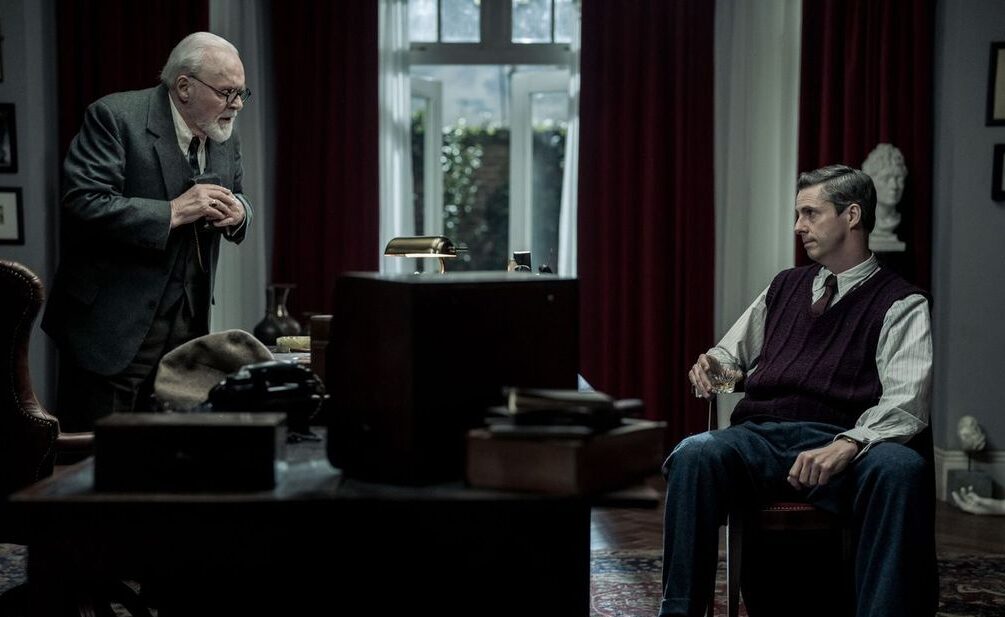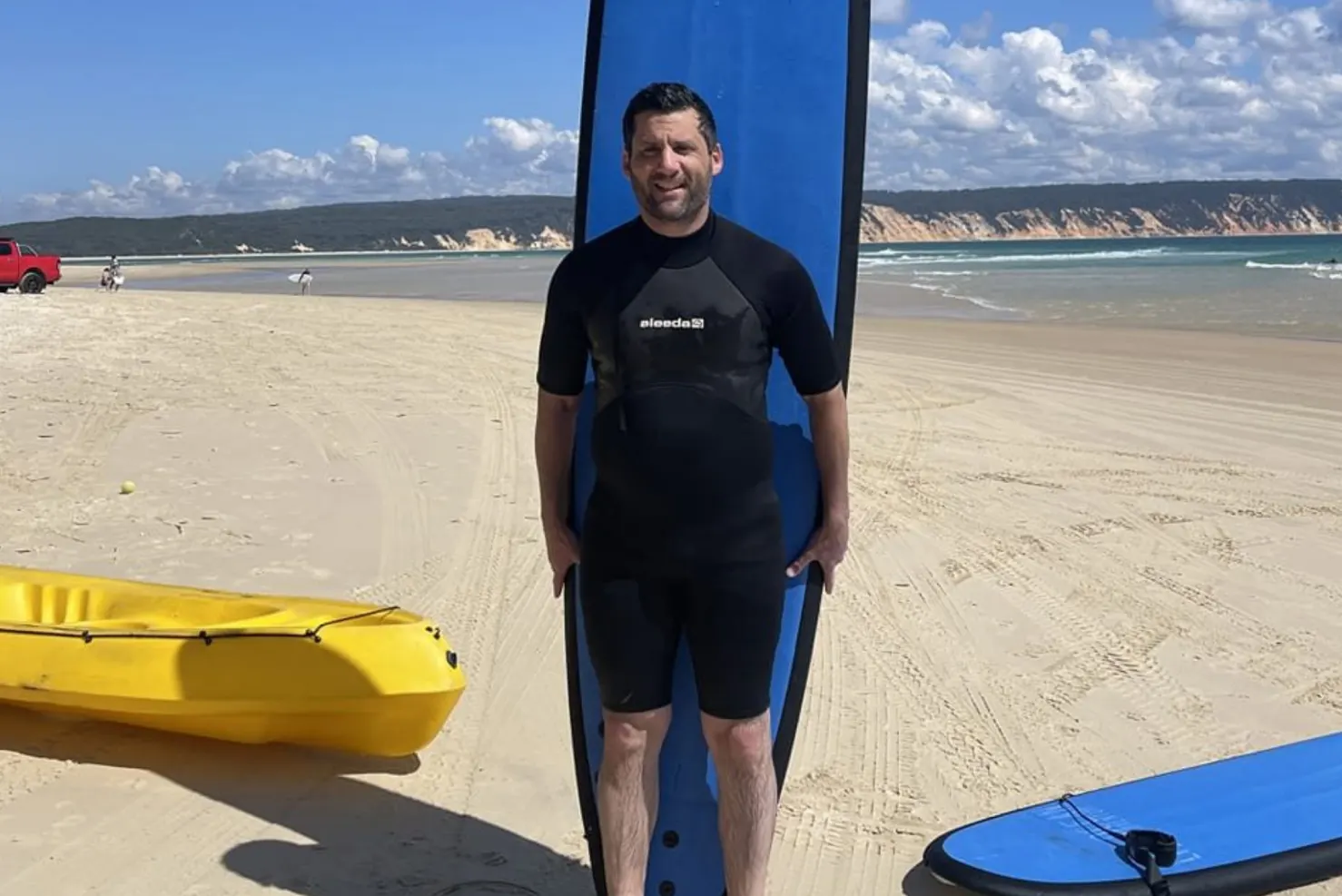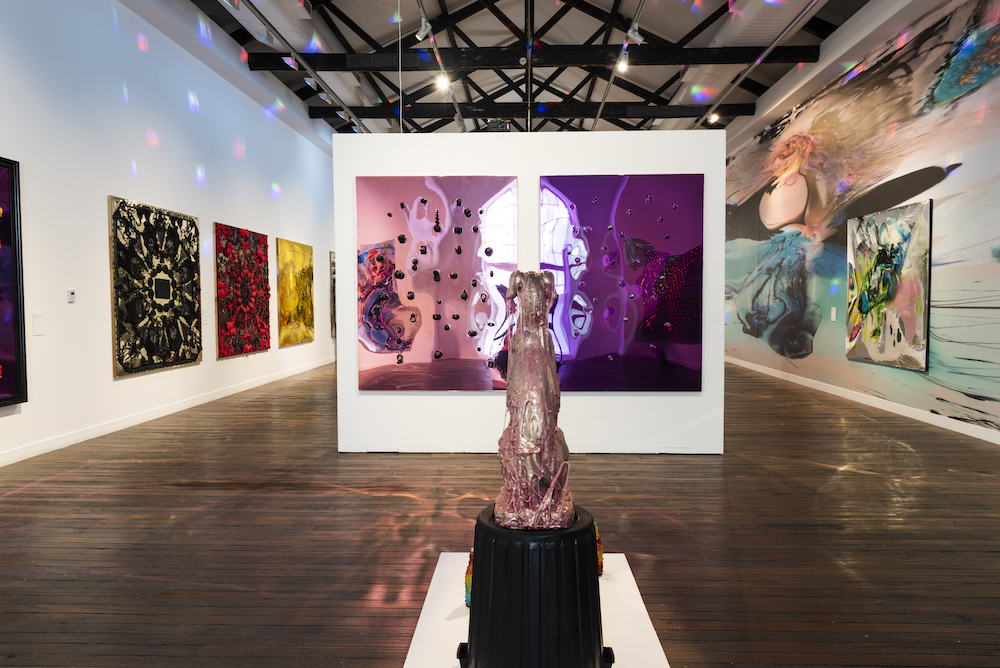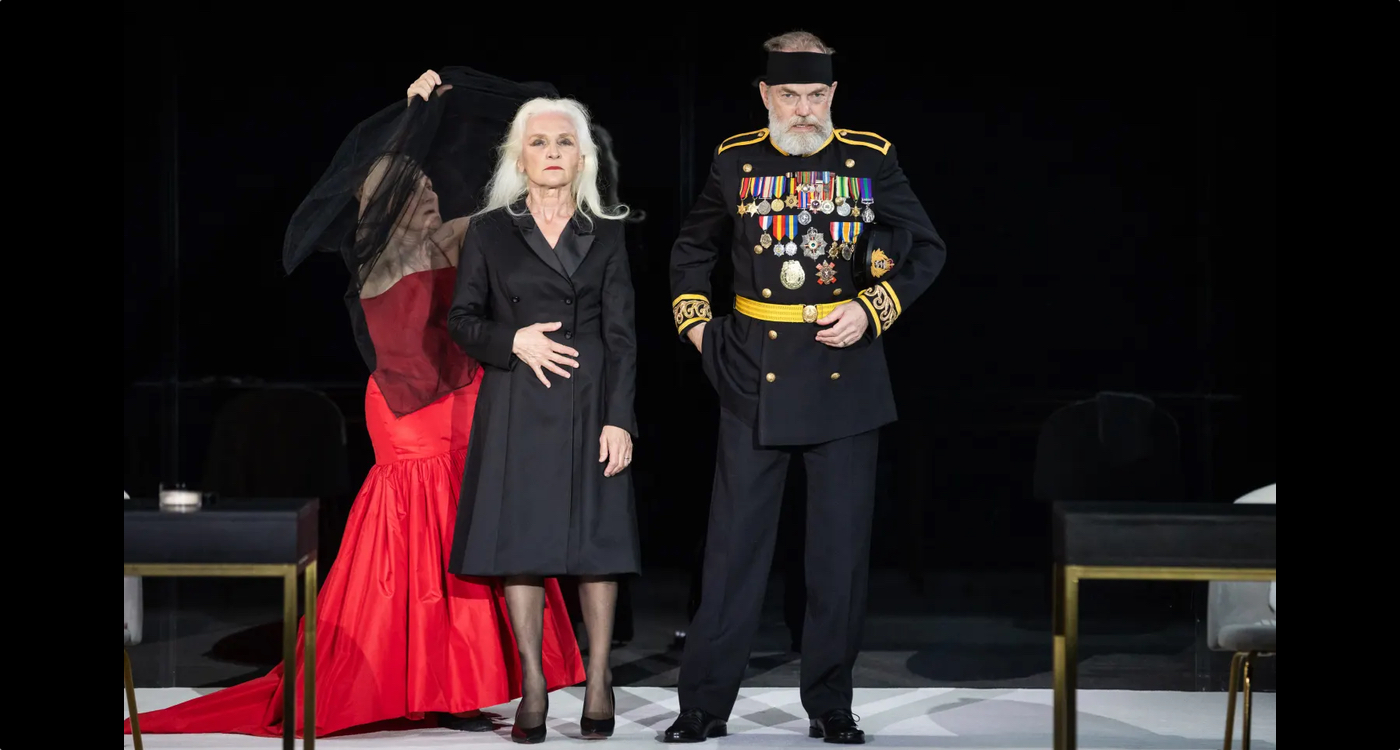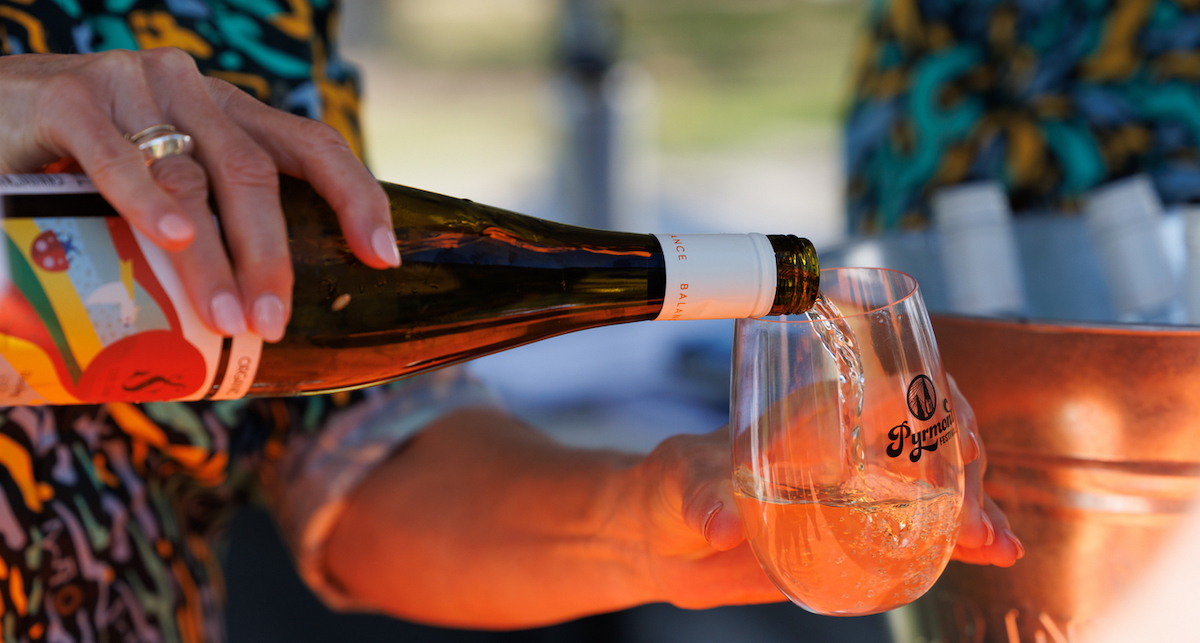
Street fair lights up changing face of Glebe

The sleepy streets of Glebe will spring to life with music, food and dance this Sunday as thousands of Sydneysiders descend on Glebe Point Road for the 31st annual Glebe Street Fair.
While the footpaths fill with food vendors and artisans, an eclectic live soundtrack of jazz, blues, folk, and rock will fill the air. Throughout the day, punters can take in belly dancing performances, capoeira, skate demos, pony rides, and circus antics. To wrap things up, a troupe of world champion salsa dancers will light up the main thoroughfare with a samba parade.
As carnival atmosphere takes over the village, Creative Director Roselle Gowan expects Glebe’s population of around 11,000 to swell to 100,000 for the day. “People want to be entertained,” Gowan says. “We have gone all out to bring as much colour to the program as possible. This event puts people in a happy place. The fact that 70,000 people came out in wellies last year, despite the rain, is a testament to the community spirit of the neighbourhood.”
As a longtime Glebe resident, Labor’s candidate for Balmain, Verity Firth believes that Glebe Street Fair is “an ultimate expression of the neighbourhood”.
“It is important for the local community – it creates opportunity for local businesses, it gives local community organisations exposure, and it really highlights the wonders and pleasures of Glebe Point Road,” Firth says.
Gowan agrees, “Something magical happens when we come into the village for Glebe Street Fair. Everyone in the community gets involved, even if it’s in a modest way.”
Gowan is surprised that real estate group Mirvac refused to come onboard as a sponsor this year, given its significant stake in the neighbourhood. “It seems a bit short-sighted, from a social responsibility point-of-view,” she explains.
For two years running, Mirvac’s nearby Broadway Shopping Centre has been recognised at the Shopping Centre News Big Guns Awards for generating the highest levels of annual turnover and consumer spending in Australia.
The Mirvac group is also behind the $1.1billion redevelopment of the Harold Park Paceway site, south of Glebe. Upon completion, the Harold Park urban renewal project will house around 2,500 people.
Some residents are concerned that the influx of lucrative development projects in the area is eroding the neighbourhood’s identity. For many of the local artists, students and working class families who give the area its bohemian flavour, the neighbourhood has become unaffordable as luxury apartment developments encroach on space that was once reserved for affordable housing.
Hands Off Glebe activist Denis Doherty claims that successive state governments have deliberately run down public housing in the inner city. “The basic philosophy is that the people who are economically in the poorest sector are not welcome in the inner city,” Doherty says. “So, by turfing them out, moving them out to the boondocks and selling off the properties, this will somehow create a better society – whereas, in actual fact, it will have the reverse effect.”
Gowan fondly recalls her first impressions of Glebe, a quaint village draped in tie-dye. With the increasing pressures of gentrification, that charm is at risk of fading.
Firth explains, “Gentrification does bring community benefits. But when inner city areas gentrify, what’s most important is that communities aren’t displaced – you want mix, you want diversity, you want people to be able to afford living costs.”
“Across the city, rising property values mean that lots of people are being priced out of city living,” she continues. “There needs to be government intervention, to skew the market a bit. The state government could help.”
Doherty fears that overdevelopment poses a threat to the distinct identities of Sydney’s inner city enclaves. He says, “The different identities are in danger of being wiped away with these bland, endless miles of high-rises that all look the same, but cost a bomb, and don’t meet the needs of the people.”
Firth describes Glebe’s changing face, “With UTS, Notre Dame and the University of Sydney just around the corner, Glebe has always been a vibrant, bustling hub for the arts and for education. Now, it has become unaffordable for students and artists. The [Blackwattle] artist studios at the end of Glebe Point Road were demolished to make way for luxury housing.”
“You don’t want to price your creative class out of the inner city,” she continues. “In the 1970s, despite a wave of gentrification, Glebe was still affordable for left-leaning poets and artists.”
In 1974, the Whitlam government purchased the Glebe Estate, an area of Housing Commission properties, as part of a massive urban renewal project to provide affordable housing in the city. This area has Sydney’s third highest Aboriginal population.
In a parliamentary speech, the Minister for Urban and Regional Development at that time, Tom Uren said, “The main objectives of the purchase of the estate are to avoid the sudden displacing of the existing population and to avoid any disruption to existing community networks, and to retain the opportunity for low income earners and families and aged people to live close to the city as part of the wider community.”
“The Glebe Estate was an amazing social outcome,” Firth says. “Now, forty years on, there are over 1400 dwellings. It keeps our area diverse in a way that no other inner city houses are, and it preserves the character of the neighbourhood. We don’t want to see a repeat of Millers Point in Glebe.”
Doherty says, “We’re not wide-eyed idealists. There will have to be some increase in density – but at the moment it’s stack ‘em and rack ‘em, without any due regard to what’s sustainable and what’s reasonable.” (CC)
Glebe Street Fair – Sunday 16th November – www.glebestreetfair.com




